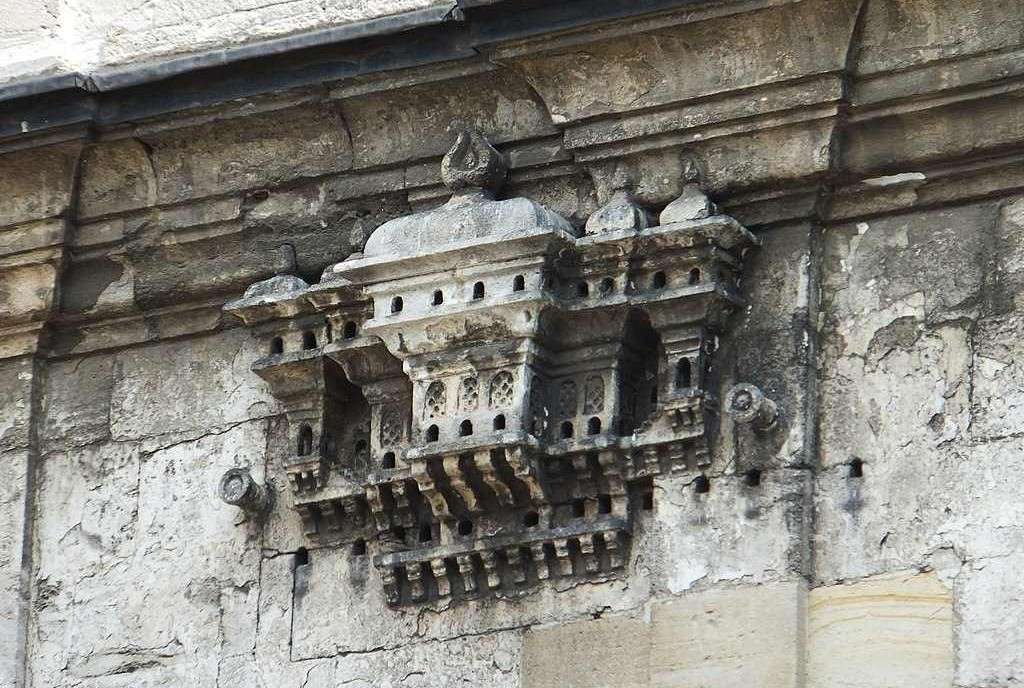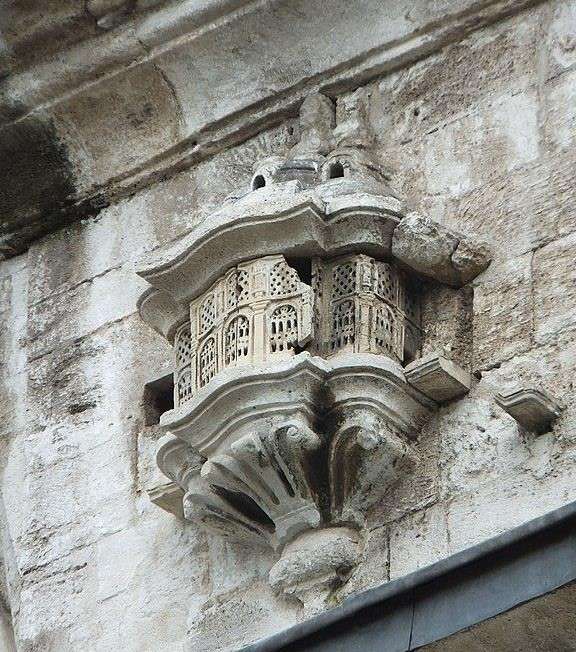Astonishingly Wealthy Pompeii Home of Two Men Freed from Slavery Reopens to Public
Buried by Vesuvius in 79 CE, the House of the Vettii "tells the story of Roman society," with elegant frescoes flaunting the men's wealth.

An empire which lasted 500 years was famous among writers for making a place in its society for animals, and the "bird palaces" of Istanbul are testament to that testimony.
Dating back as early as the 13th and 14th centuries, the bird palaces reflected an Ottoman Empire policy of compassion towards all living things, created as they are by god. Found on the sides of mosques, houses, fountains, libraries, baths, inns, and madrasas, these functional works of art make parts of the huge metropolis which is modern Istanbul an unlikely place for migratory birds like swallows and even storks.
"Storks and swallows can nest in birdhouses without fear of being shooed away. Dogs run loose on the streets, and people walk among them, carrying meat to feed cats and dogs," wrote French traveler and painter Antoine-Laurent Castellan in 1812.
To wit, WS reported just last year about how Istanbul pays for outdoor cat shelter areas for strays who become intertwined with the fabric of society due to their excellence as rat catchers and friendly companions.
"28th Ottoman Sultan Selim III ordered two birdhouses in the form of mansions be built on the walls of Selimiye Mosque," reports Betül Tilmaç for the Daily Sabah, who came up with the idea of sharing these interesting cultural relics with the world.
It's a far cry from city ordinances on pigeon spikes covering important buildings in the West today.

Tilmaç continues the historical quotations by referencing another French traveler Jean de Thevenot, who wrote that the Turk's "benevolence extends to animals and birds," and that the people who built the bird palaces "gave these houses names such as "birdhouse," "dove hut" and "sparrow palace."
In the 19th century, the Ottomans built the Gurabahane-i Laklakan—an animal hospital in the city for migratory birds, especially the aforementioned storks.
It's a beautiful reminder that no matter how large a city might grow, and Istanbul has 15 million inhabitants, if there's room in a human heart for our feathered brethren, there's room in a city.
SHARE This Interesting Cultural Heart String From Istanbul With Your Friends…
Be the first to comment